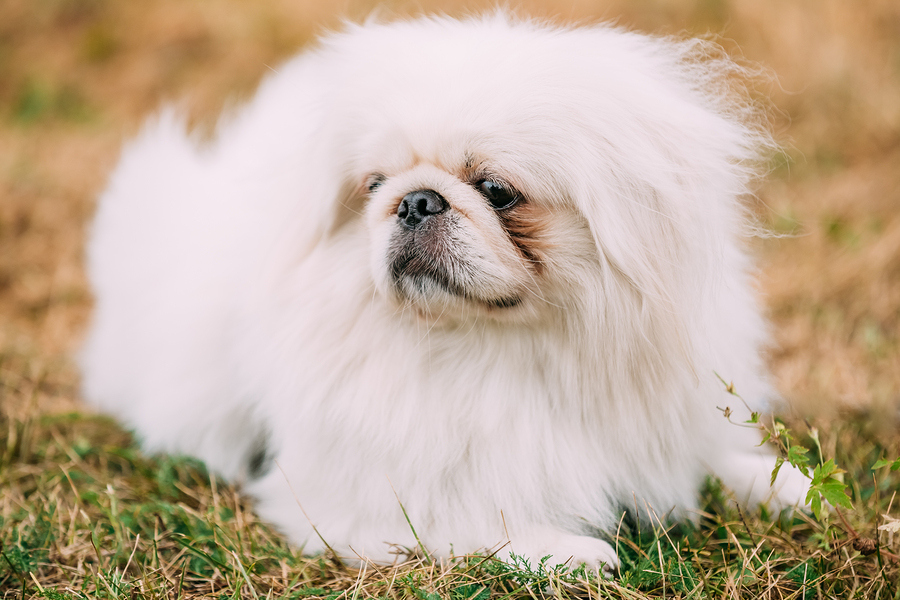How to Remove Tear Stains

The appearance of tears stains found on white dogs or cats is likely more prominent than on any other color dog or cat. This may be because white fur is thinner and less coarse than dogs or cats with darker color fur. There are many different products and home remedies that owners may try to help minimize the look of tear stains on their dogs (such as tear stains on Shih Tzu, Maltese and Bichon Frise dogs) and cats. Some of those home remedies may include using cornstarch, vinegar or Milk of Magnesia. As for natural products, you will find that there are many different tear stain products to choose from, and some may contain an ingredient called Tylosin. You will find that the number one tear stain product ranked based on our grid criteria does not contain the potentially dangerous ingredient, Tylosin. To see just which tear stain reduction product has been ranked number one, just click on the banner below.
